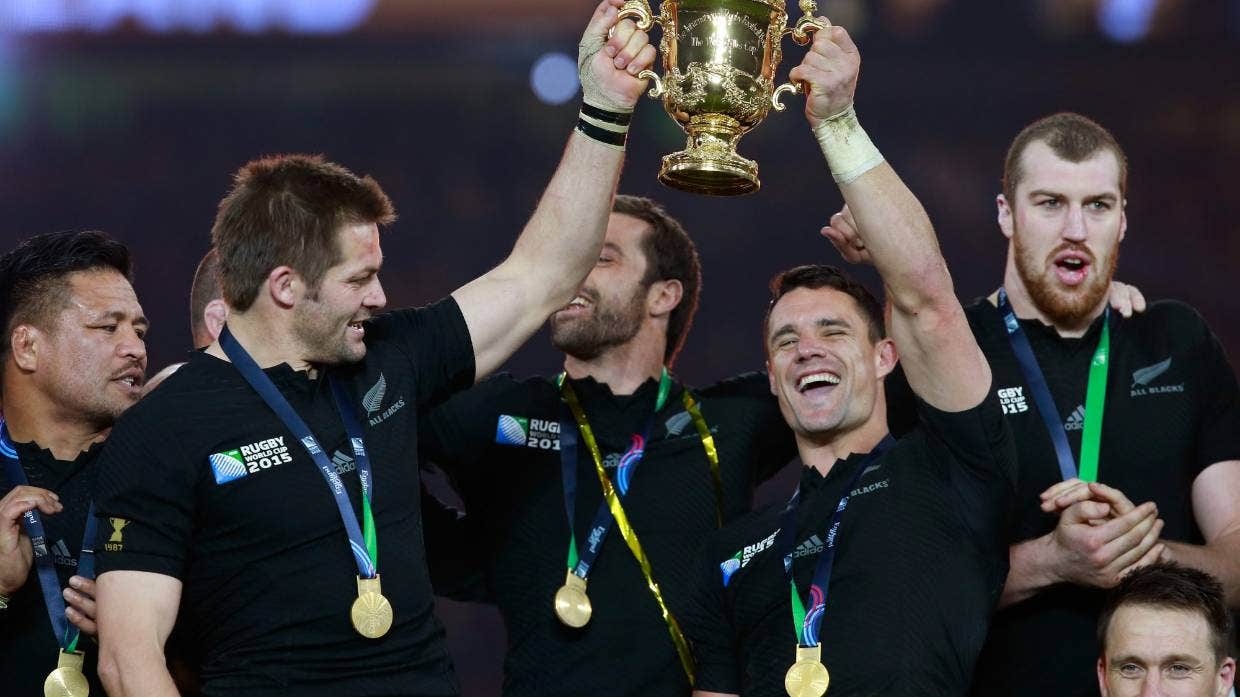The state of our national game, and what is best for its future, has generated a lot of recent debate. But there are some contributing factors that might not have had the attention they deserve.
The demography of New Zealand is changing, with major implications for rugby, especially for player participation.
The impacts of immigration and a growing diversity help explain why rugby is losing ground as a sport in Auckland and other cities where immigrants and ethnic minorities reside, but there is a very different reason in the regions.
The numbers playing rugby nationally still look strong, but the arrival and success of girls’ and women’s rugby has tended to mask the challenges of maintaining a player base.
Take secondary schools. In 2000, rugby still dominated school sports, with nearly 31,000 players. By 2020, there were 6500 fewer players, a drop of 20 per cent, and the sport was third in the numbers playing, while rugby sevens had grown and involved 5000 players.






